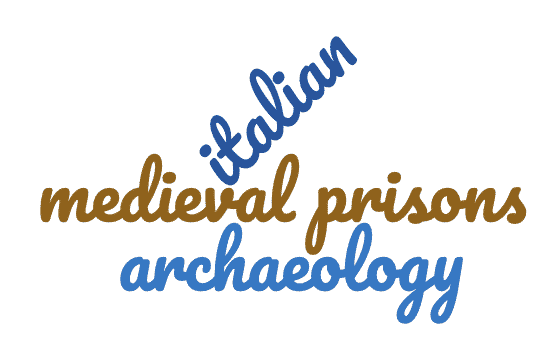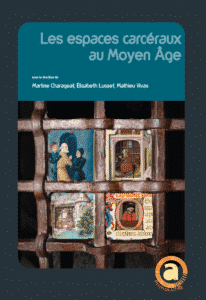UN@ est une plateforme d'édition de livres numériques pour les presses universitaires de Nouvelle-Aquitaine
Auteur : Lara Tonizzo Feligioni

Cotswold Archaeology
Stanley House, Walworth Road, Andover
GB-Hampshire, SP10 5LH
lara.tonfel@gmail.com
0000-0001-9790-1988

Stanley House, Walworth Road, Andover
GB-Hampshire, SP10 5LH
lara.tonfel@gmail.com
0000-0001-9790-1988

Lara Tonizzo Feligioni, Archaeologist, spent her entire academic career at Sapienza University of Rome. During her 10-year participation in the excavations of the medieval city of Leopoli – Cencelle (Viterbo, Italy), she gained an interest in medieval prisons (BA, MA) and in the study of documentary sources (postgraduate school of Archaeology). She achieved a PhD with honours in Archaeology and Postclassical Antiquities in 2016 with her thesis entitles “Archaeology of prisons, Italy, VI-XV centuries”. She currently works as a professional Archaeologist in the United Kingdom. In her spare time, she has been taking part in the cataloguing of the metal objects from Cencelle, specifically keys and locks.
References
L. Tonizzo Feligioni (2015) Archaeological Indicators for Medieval Prisons. In: V. Gheller, F. Correr (eds) Invisible Cultures. Historical and Archaeological Perspectives. Cambridge Scholars Publishers, pp. 137-147.
L. Tonizzo Feligioni (2014), « Chiudere e Serrare »/ « Key and Locks ». In: Forma e vita di una città medievale. Leopoli-Cencelle. Catalogo della mostra. Spoleto (Perugia): Fondazione Centro Italiano di Studi Sull'Alto Medioevo, pp. 66-67; 209.
L. Tonizzo Feligioni (2010), Per un’ipotesi di archeologia carceraria a Leopoli-Cencelle: il contributo dei graffiti. In: Temporis Signa, V, Spoleto (Perugia): Fondazione Centro Italiano di Studi Sull'Alto Medioevo, pp. 121-132.
Understanding if a building has served as a prison in the medieval period is not easy. While there is a plethora of historical and literary records and the memory of local prisons seems prominent almost everywhere, when it is time to go into detail and in search of archaeological confirmations to a possible attribution, all the certainty wavers.


